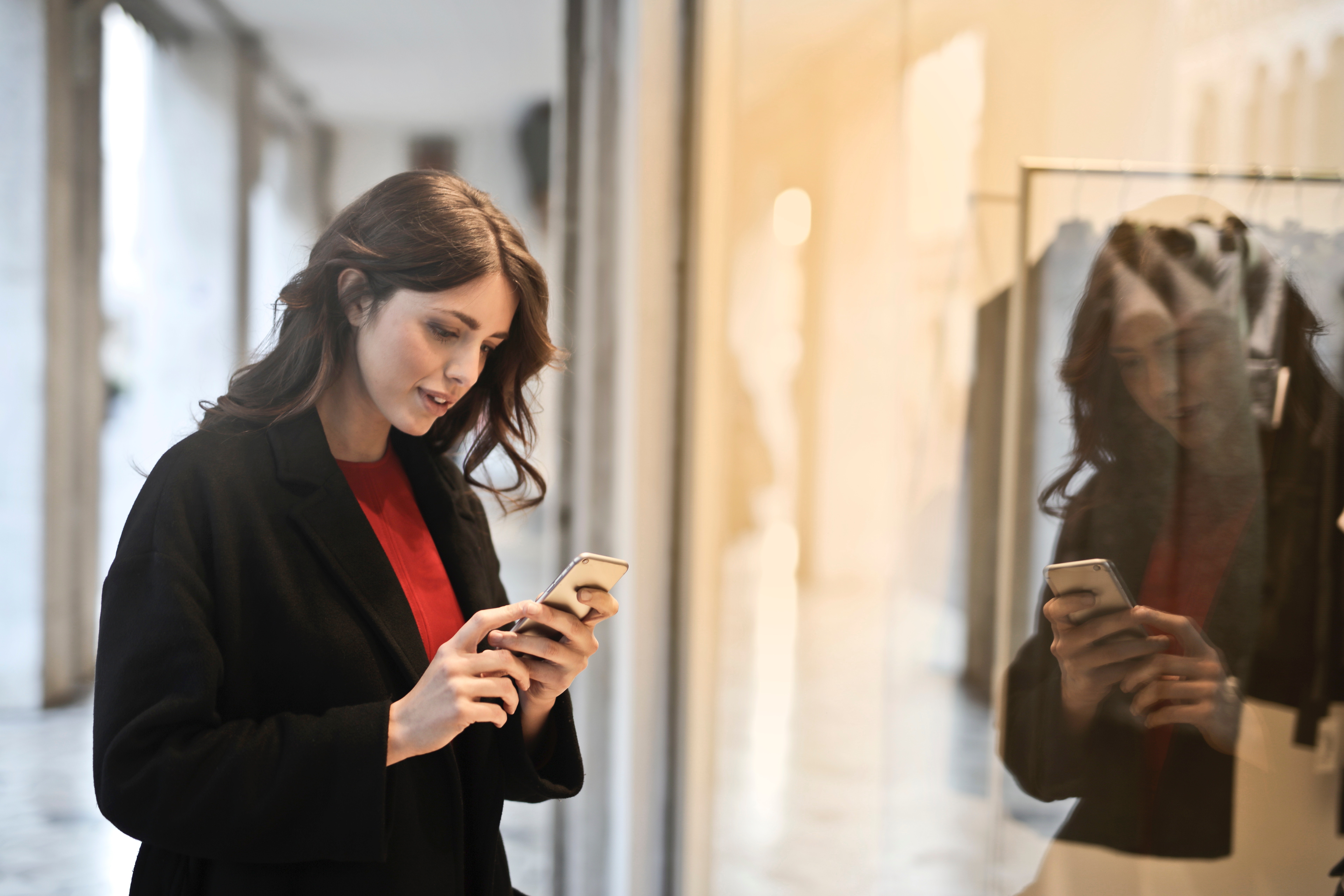Jun 1, 2018 11:32:02 AM
Customer experience
Jun 1, 2018 11:32:02 AM
Customer experience

This article was originally posted in June 2018, and was updated in August 2019.
While convenience and personalization used to be the main reasons to shop online, they have now become reasons to shop in-store, too. Innovative retailers are increasingly using new technologies to bring these benefits into stores, blurring the lines between online and offline and bringing brick-and-mortar retail into the 21st century.
Convenience
Patiently standing in line at the checkout to pay for our groceries used to be the norm. But now, we look for the nearest self-checkout to ensure the fastest shopping experience possible, with most of us trying to avoid manual checkout completely.
We’ve all been there - when the line doesn't seem to be moving an inch and the person working the checkout is scanning at 2mph. We question whether our one pack of gum is really worth it, and end up putting it down and leaving the store.
Thanks to in-store technology, this no longer has to happen.
The ability to scan, bag and pay for our items as quick as we can is just one of many ways technology and retail are both moving forward.
This is one of the many reasons online shopping alone isn't enough for customers anymore. Sometimes, having to wait for your item to be delivered just doesn't compare to the luxury of buying it in-store right away.
If online was everything, Amazon wouldn't have opened their first checkout-free grocery store, where actual sales associates aren't needed as part of the buying process. Customers simply pick their items off the shelf, bag them and walk out. They are then billed on the app after leaving the store. No scanning or waiting required. Simple.
But it’s not just grocery stores who have implemented this kind of technology. Last year, Zara relaunched their Westfield Stratford store with smart retail technology. The store practically replaces sales associates with technology, making the customer experience faster and more convenient.
The order collection point is manned by a robotic arm, and the checkout doesn't even require the customer to scan. The technology simply recognizes the item the customer wants to buy, which is then confirmed on the screen.
In-store technology has made it as quick and simple to shop in-store as it is online.
If you go to your local mall, you'll notice that a lot of sales associates now have access to iPads and mobile devices on the shop floor. If the item you're looking for is out of stock or they don't have your size in-store, they can order the item for you there and then for you to collect later, or to have delivered straight to your home.
Personalization
Augmented reality enhances customer experience by making shopping more personal. For example, Timberland introduced virtual fitting rooms into their stores, so customers can try on clothes with no fitting room required.
61% of consumers prefer stores that offer AR experiences.
40% would pay more for a product if they had the chance to experience it through AR.
Evidently, a more personalized shopping experience is a better one.
Just a few years years ago, if you wanted to personalize something you would have to go online and wait 3-5 days for it to be delivered. But now personalization is becoming more accessible in stores.
I recently went to a store where they were able to imprint and engrave my name and initials onto a bag of my choice right there and then. This added a unique touch to my item and enhanced my customer experience.
In-store technology like this continues to elevate customers in-store experiences and change the way we shop.
---
Download our free eBook to find out the 3 things you need to fix to improve your customer experience.
Search the blog
Popular Posts

See why 350+ businesses are using YOOBIC
YOOBIC creates a better everyday working experience for frontline teams while helping businesses drive performance at scale.
PRODUCT
See why 350+ businesses are using YOOBIC
YOOBIC creates a better everyday working experience for frontline teams while helping businesses drive performance at scale.